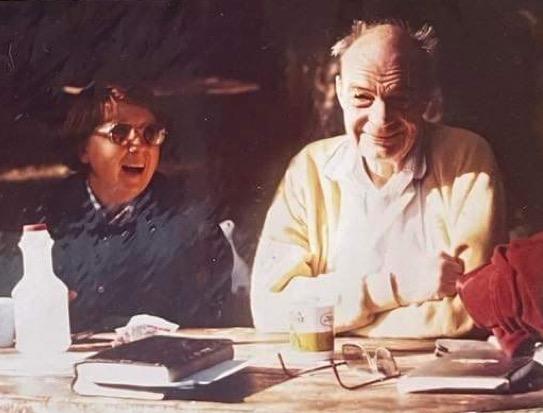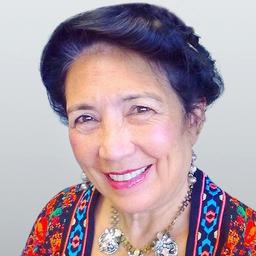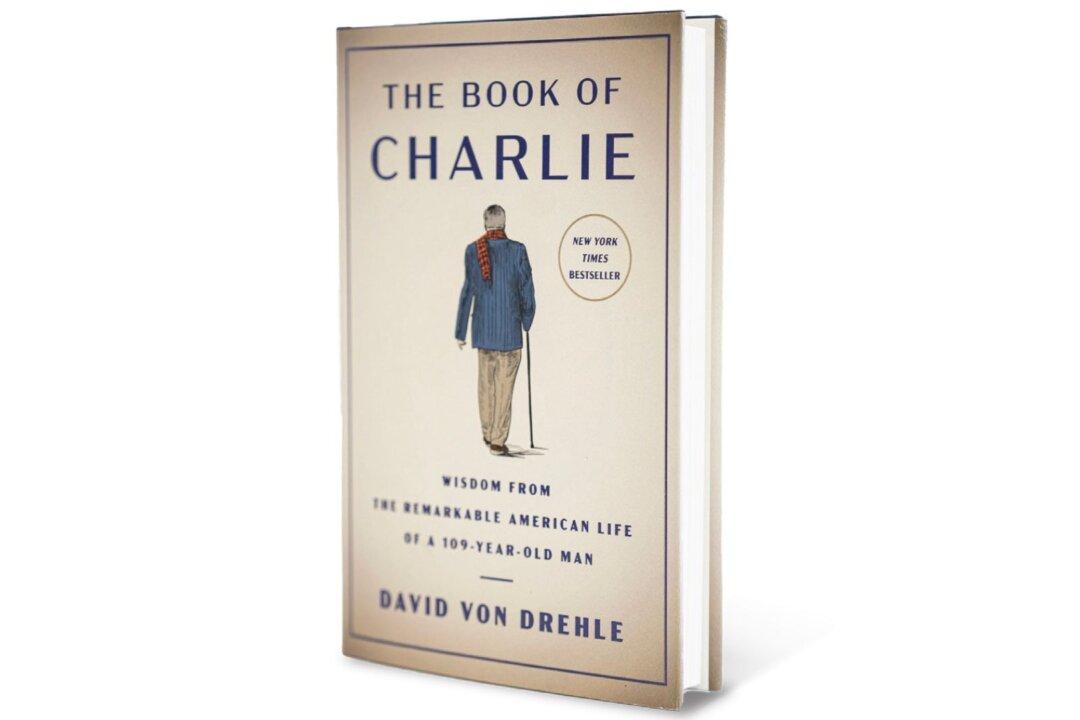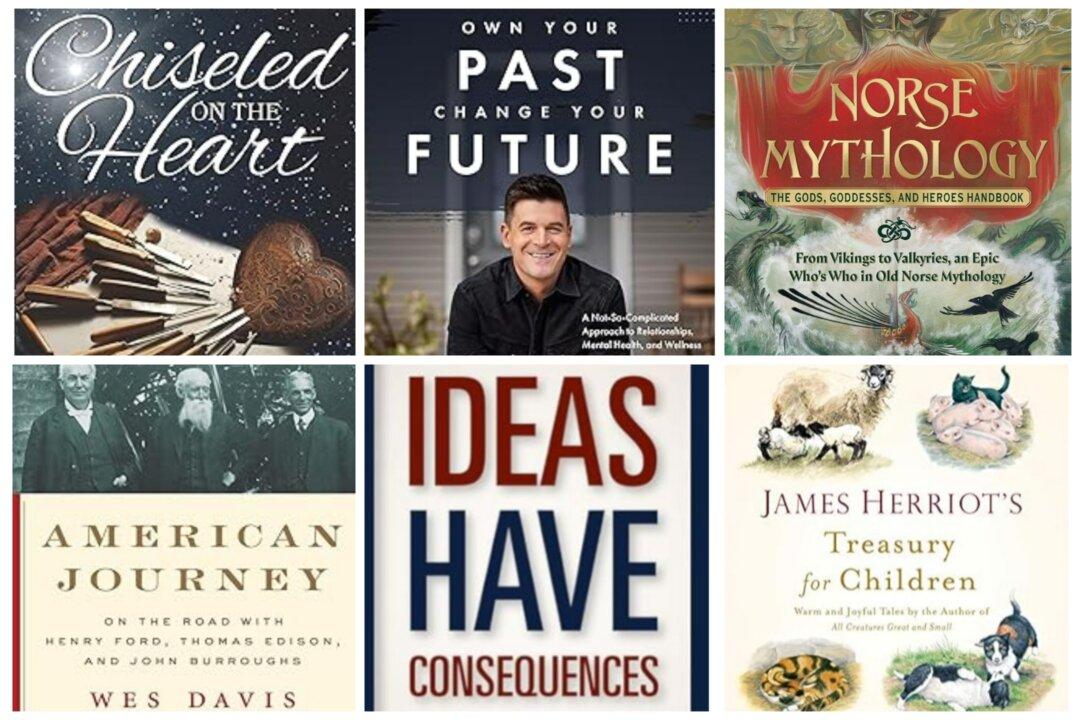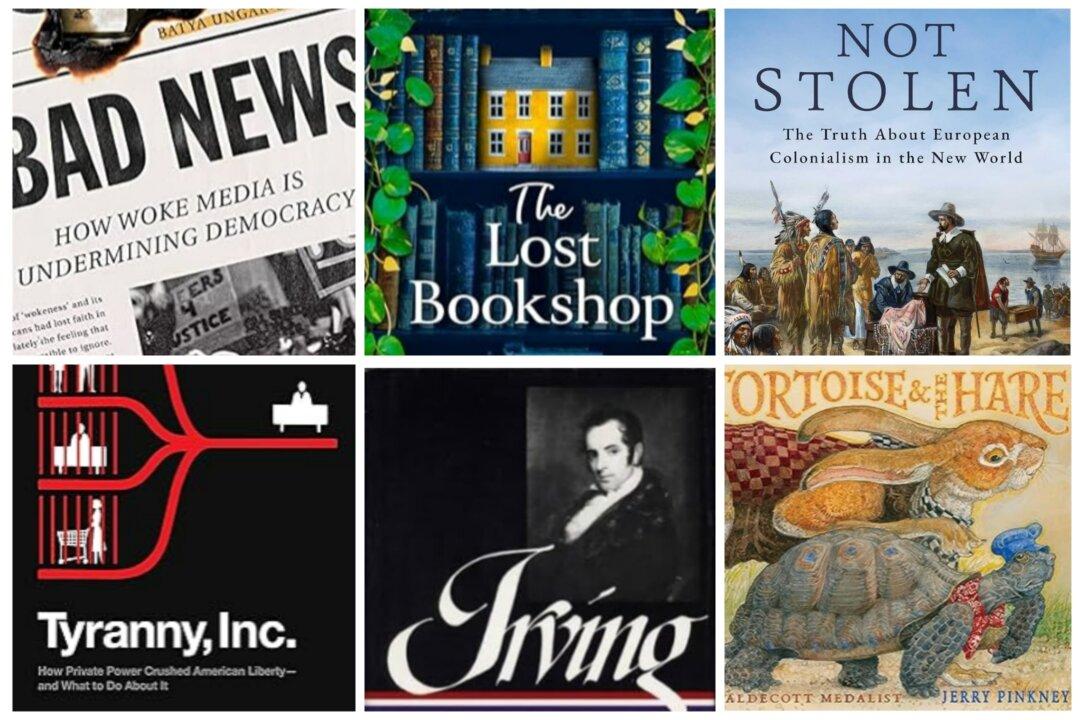I recently had lunch with a group of lady friends. We all know each other, mostly from current or past work relationships.
We’re comfortable together. There are no strangers among us. And, bottom line, we’re pretty much all cut from the same cloth when it comes to what piques our interests and animates our conversations. Our group shares the rewards of our connectedness with little to no risk involved. We share mutual trust.

